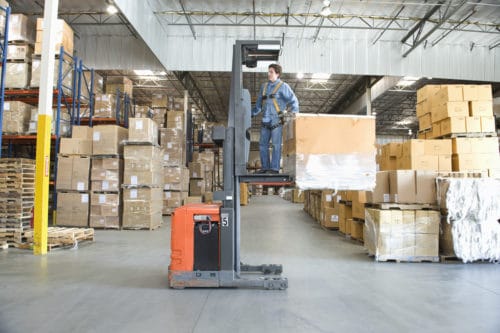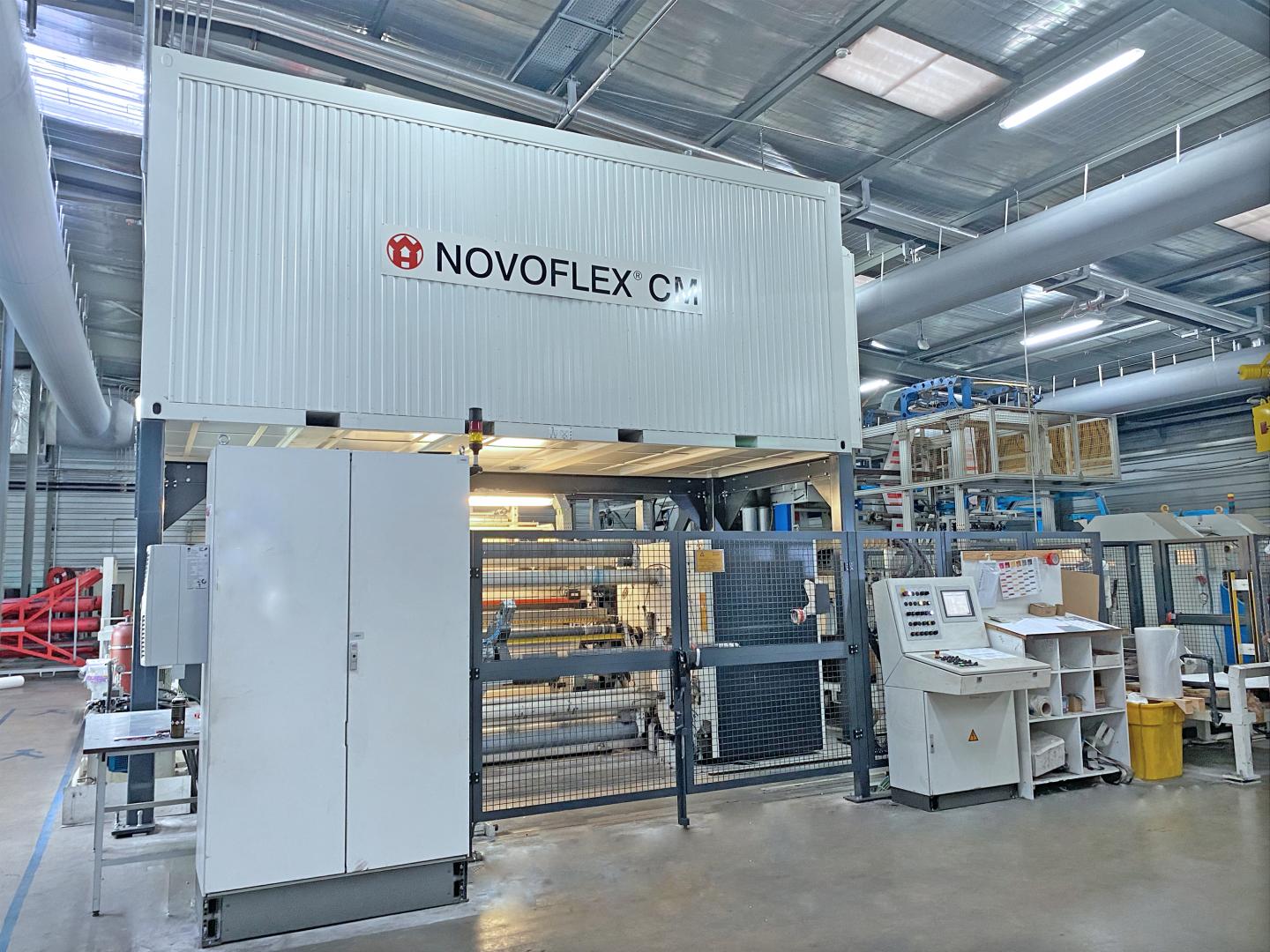Industrial Metal Packaging: Stamina and Longevity in Every Layout
Wiki Article
Effective Industrial Recycling Solutions for Lasting Product Packaging: A Comprehensive Guide
That's where this detailed guide on effective industrial recycling services for sustainable packaging comes in. By checking out essential locations such as product packaging product choice, developing for recyclability, carrying out reusing facilities, teaming up with recycling partners, and tracking and measuring reusing success, this guide will certainly equip you with the knowledge and devices required to make informed choices and drive favorable change within your organization. Whether you're a packaging specialist, sustainability manager, or simply interested in the topic, this guide will certainly provide useful insights and strategies to aid you browse the world of sustainable packaging.Product Packaging Product Choice
The choice of product packaging materials plays an important function in making certain the sustainability of industrial reusing options. When it pertains to sustainable packaging, the selection of materials is essential in reducing ecological influence and making the most of reusing efficiency. Picking the ideal products can help in reducing waste generation, preserve sources, and promote a circular economy.Materials like cardboard, paper, glass, and particular kinds of plastics can be recycled several times without losing their quality. On the various other hand, materials that are tough to reuse, such as non-recyclable compounds or blended plastics, can develop challenges for the recycling process and may end up in landfills or burners.
Another factor to consider is making use of eco-friendly and naturally degradable products. Product packaging made from eco-friendly resources, such as plant-based plastics or biopolymers, can assist lower dependency on fossil fuels and mitigate environment change. Furthermore, naturally degradable materials damage down naturally in time, reducing the accumulation of waste in garbage dumps.
Furthermore, the weight and quantity of product packaging products must be minimized to reduce transport prices and energy usage. Light-weight materials not only need fewer resources throughout manufacturing yet also add to lower carbon discharges throughout transport.
Creating for Recyclability
Product packaging developers must prioritize the usage of products that are widely accepted for recycling and have actually established recycling infrastructures. Materials such as glass, aluminum, and specific kinds of plastic, like PET and HDPE, are generally recycled and need to be favored over products that are challenging or costly to reuse.One more important consideration in making for recyclability is the removal of unnecessary elements or materials. By decreasing the variety of layers, layers, and added elements, packaging can be made easier and simpler to reuse. Additionally, developers must aim to lower using combined materials, as they can make complex the recycling procedure.

Implementing Recycling Framework
Efficient execution of recycling facilities is critical for the success of industrial recycling remedies. Without proper framework in position, the reusing procedure ends up being inefficient and ineffective, hindering the general objective of lasting packaging.To carry out reusing infrastructure successfully, numerous essential variables need to be thought about. There need to be a well-organized collection system that helps with the splitting up and collection of recyclable materials. This can include assigned recycling containers in public areas, as well as partnerships with waste additional hints administration business for curbside pick-up and sorting.
As soon as accumulated, the recyclable products require to be transferred to recycling facilities in a timely way. This calls for reliable logistics and transport networks, ensuring that the materials reach the ideal centers right away.
At the reusing facilities, advanced sorting and processing innovations need to be in area to divide different types of materials efficiently. This includes making use of automated sorting equipments, optical scanners, and hand-operated sorting methods.
Moreover, there must be a robust market demand for recycled materials. This can be attained with cooperations with makers and markets that utilize recycled materials in their production processes. Developing a steady market for recycled materials incentivizes the recycling sector and advertises the round economic situation.
Teaming Up With Recycling Partners

One trick element of working together with recycling companions is the facility of clear communication networks. It is essential to establish open lines of communication to facilitate the exchange of details, updates, and comments. This allows both events to stay notified regarding the progress of reusing initiatives and address any challenges or concerns that may occur.
Additionally, cooperation can include joint efforts in carrying out and designing reusing programs. Recycling companions can supply valuable insights and advice in establishing effective collection systems and determining the most ideal recycling technologies. By functioning together, organizations and recycling companions can maximize the recycling process and decrease waste.
Furthermore, cooperation can extend beyond the functional elements of reusing. It can likewise encompass advocacy and education and learning campaigns. By joining pressures, businesses and recycling companions can elevate understanding about the value of reusing and advertise the fostering of lasting packaging methods among consumers and various other stakeholders.
Tracking and Measuring Recycling Success
To guarantee the performance of commercial recycling options and the success of sustainable packaging goals, it is critical for businesses and their recycling partners to develop a thorough system for tracking and measuring reusing success (processing company). Gauging and tracking reusing success permits organizations to analyze the impact of their recycling efforts, determine areas for improvement, and set meaningful targets for future progressOne method to track reusing success is via the usage of data collection and evaluation tools. By collecting information on the quantity of product packaging waste produced, the portion of waste that is reused, and the kinds of materials being reused, businesses can acquire important understandings into their reusing efficiency. This data can then be evaluated to identify fads, patterns, and review locations of ineffectiveness.
One more crucial element Extra resources of tracking and measuring reusing success is establishing standardized and clear metrics. This allows businesses to contrast their performance against sector standards and track their progression gradually. Metrics such as recycling prices, waste diversion prices, and greenhouse gas emissions can offer a quantitative measure of a business's reusing success.

Conclusion
Finally, carrying out effective commercial recycling remedies for lasting product packaging requires mindful consideration of product packaging material choice, developing for recyclability, implementing reusing infrastructure, teaming up with reusing partners, and tracking and determining recycling success. By including these methods, businesses can contribute to an extra lasting and environmentally-friendly technique to packaging, minimizing waste and advertising the circular economic climate.By discovering crucial areas such as packaging product selection, designing for recyclability, carrying out recycling framework, collaborating with reusing companions, and monitoring and determining reusing success, this overview will furnish you with the expertise and tools necessary to make educated choices and drive favorable change within your organization. Product packaging designers ought to focus on the usage of materials that are widely approved for recycling and have actually developed recycling facilities.Cooperation with recycling companions is necessary for the effective implementation of industrial recycling options and the accomplishment of sustainable packaging objectives. By signing up with pressures, companies and reusing companions can elevate awareness concerning the value of reusing and advertise the fostering of lasting packaging methods among consumers and various other stakeholders.
By accumulating information on the quantity of packaging waste generated, the percentage of waste that is recycled, and the types of materials being reused, companies can acquire useful understandings into their recycling efficiency.
Report this wiki page